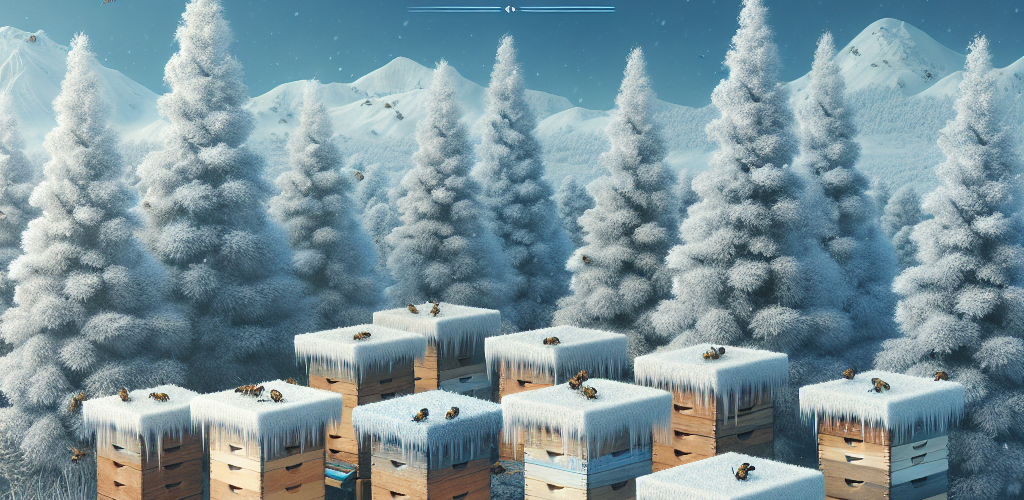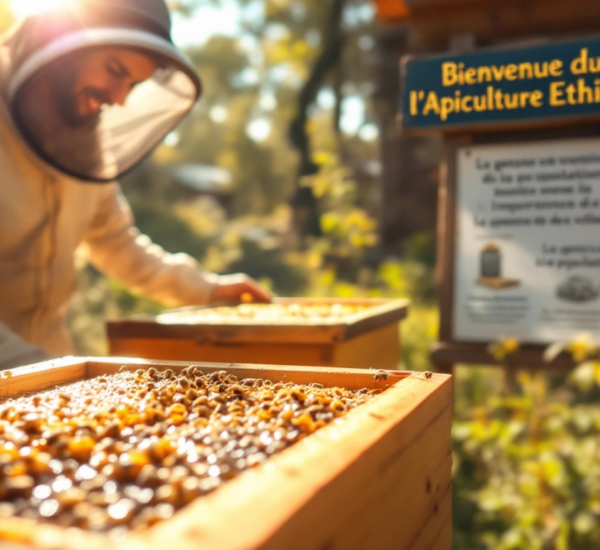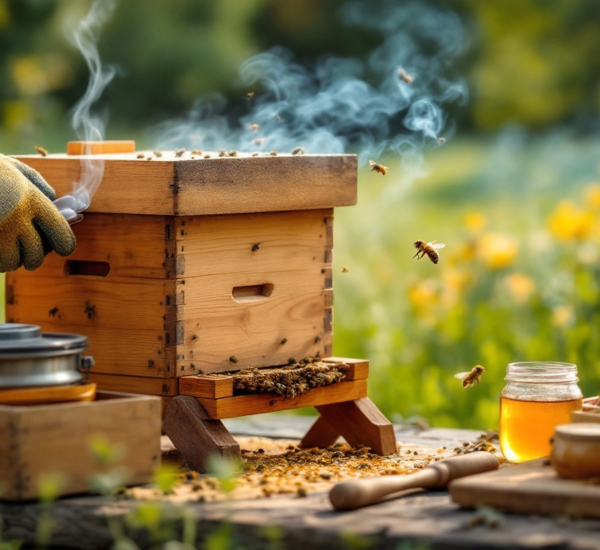As the colder months approach, beekeepers are faced with the critical task of winterizing beehives. Ensuring your bees’ survival during winter is not only essential for their health but also for maintaining a thriving apiary come spring. This comprehensive guide will walk you through the most effective strategies to protect your beehives from harsh cold climates, while optimizing your SEO practices.
Table of Contents
- The Importance of Winterizing Beehives
- Step-by-Step Guide to Winterizing Beehives
- Proper Insulation Techniques
- Ensuring Adequate Ventilation
- Food and Nutritional Needs
- Pest Control Measures
- Essential Tools and Materials
- Conclusion
- Frequently Asked Questions
The Importance of Winterizing Beehives
Winterizing beehives is crucial in preventing colony loss due to cold temperatures, starvation, and pests. By providing the right conditions, beekeepers can reduce stress on the bees and improve their chances of survival. Understanding the nuances of your local climate and the specific needs of your colonies is the first step towards effective hive management.
Step-by-Step Guide to Winterizing Beehives
Proper Insulation Techniques
Insulating your hives helps maintain a stable internal temperature. Consider using materials like foam board or fiberglass wraps. Ensure tight seals around the hive to prevent drafts, while being mindful not to restrict bees’ access.
Ensuring Adequate Ventilation
Ventilation is key in preventing moisture buildup, which can be as deadly as cold temperatures. Install top vents or use a moisture board to manage humidity levels inside the hive.
Food and Nutritional Needs
Bees require a steady supply of food during winter. Ensure they have enough stored honey, or supplement with fondant or candy boards. Regularly check food supplies as weather permits.
Pest Control Measures
Winter is also a time for increased pest activity in beehives. Regular monitoring and the use of entrance reducers can help protect your hives from unwanted intruders.
Essential Tools and Materials
Having the right tools can significantly aid in the winterizing process. Items such as bee jackets, hive tools, smokers, and a beekeeping journal are invaluable for ensuring nothing is missed in your winter preparation checklist. Consider checking out our guide on essential beekeeping tools for more information.
Conclusion
Winterizing beehives is not merely an option; it’s a necessity for ensuring bee health and survival in cold climates. By following these tailored steps, you’ll increase the likelihood of your hives braving the winter, emerging stronger as spring blooms. For more on beekeeping practices, visit our beekeeping resources page.
Frequently Asked Questions
What is the best insulation for beehives?
Foam boards or fiberglass are popular choices due to their effective insulating properties.
How do I monitor bee food reserves in winter?
Perform regular hive checks when conditions are mild to assess food stores and supplement if necessary.
Do bees need ventilation in winter?
Yes, proper ventilation prevents harmful moisture buildup inside the hive.
What pests are a concern for winterizing beehives?
Common pests include rodents and certain types of beetles, which can invade and damage your hives.
For further queries, feel free to explore more on our FAQ page.
Protect your bees this winter by taking action today. Contact us for personalized advice or visit our winterizing product selection to get started!




